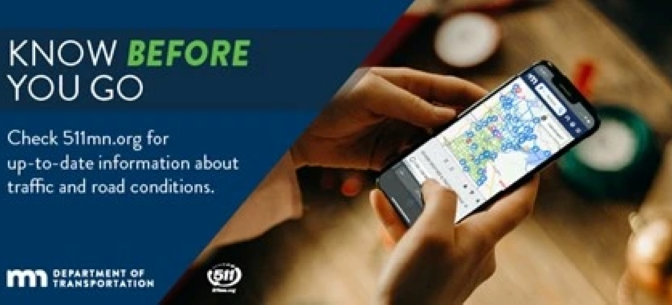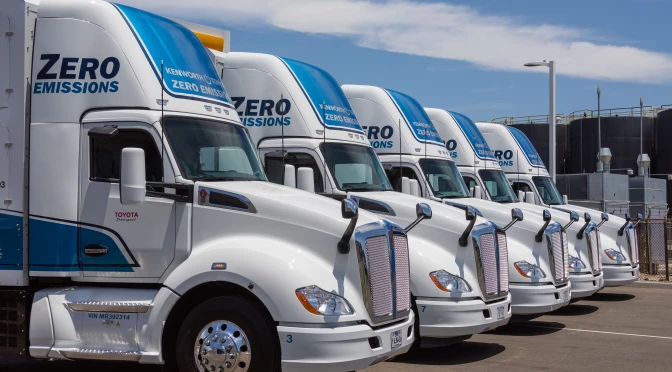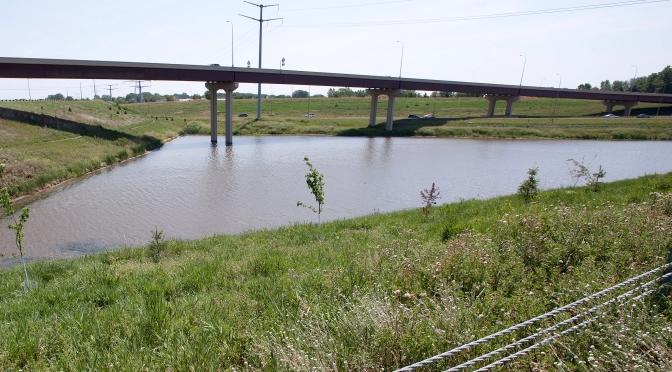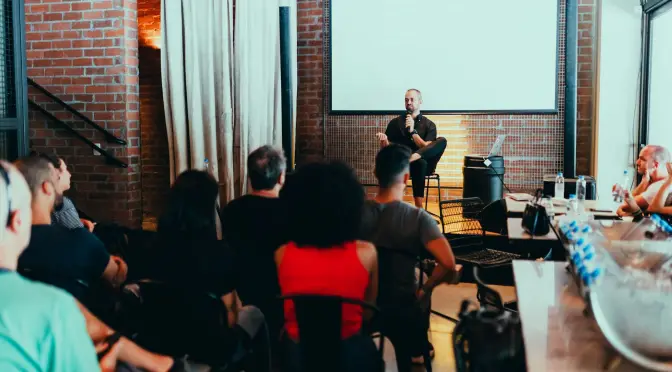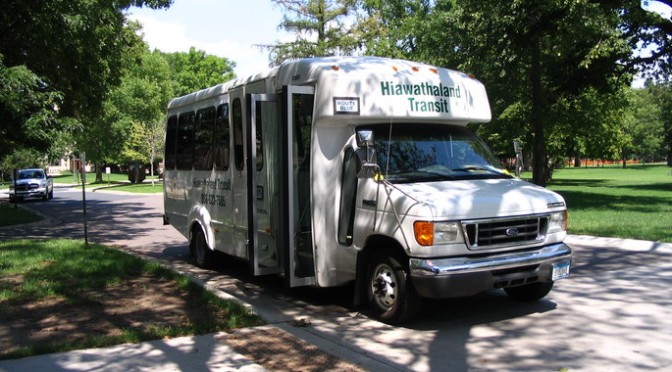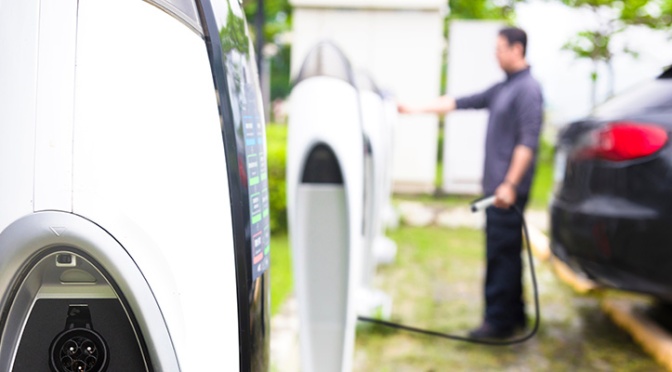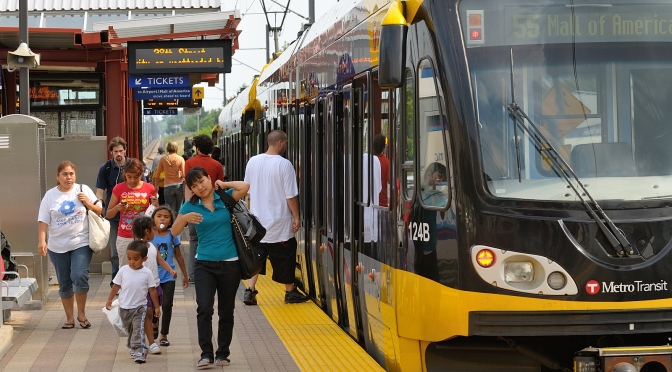Navigation apps can be valuable timesavers for drivers in Minnesota. To maximize their use, these apps need traffic information that is timely and accurate. While state highway closures are reported effectively, reporting road closures on local roads and highways is inconsistent. This project aimed to improve local road closure reporting by exploring the development of a streamlined reporting system and creating guidance for reporting local road closures to third-party navigation apps.
Continue reading Effectively Alerting the Public About Local Road ClosuresCategory Archives: Policy and Planning
Will Hydrogen Be a Carbon-Neutral Fuel Alternative for Freight?
Reprinted from CTS News, March 19, 2024
—Sophie Koch, contributing writer
Hydrogen is getting a lot of attention in recent years as a potential fuel source in the transportation sector. However, it is important to consider the pros, cons, and limitations of this molecule when deciding how to use it.
“(There) seems to be so much interest in this particular molecule, and for a lot of reasons—it has a lot of potential,” says Karen Bridges, research specialist with the U of M’s Humphrey School of Public Affairs. “It’s a very flexible, light energy-carrier.”
Bridges, along with Assistant Professor Elise Harrington from the Humphrey School, co-authored a high-level review paper summarizing research and reporting on the viability of hydrogen as a carbon-neutral fuel alternative. The paper was commissioned by the Minnesota Freight Advisory Committee.
Hydrogen, Bridges says, has the potential to serve as a “missing link” in the quest for decarbonization. It is energy-dense enough to move heavy, long-distance freight, easy to store and transport, and able to be used in applications such as aviation, international shipping, rail, and trucking.
However, the main drawback to hydrogen is that not all of it is truly “clean.” Obtaining a hydrogen molecule involves using electricity to split an existing molecule (either natural gas or water) into its component parts. The cleanness of the hydrogen depends on what molecule is split, what energy source is used to split it, and whether there’s some sort of carbon capture method used to clean up the byproducts of the process.
(Photos: Kenworth)

The absolute cleanest method is called “green” hydrogen—it uses renewable energy sources to split water molecules, and it doesn’t need a carbon-capture method because there are no carbon byproducts. Unfortunately, green hydrogen is the most expensive to produce.
“Blue” hydrogen is in the middle in terms of both cost and cleanness; it splits natural gas molecules and has a carbon-capture system set up to catch the byproducts. “Grey” hydrogen, by contrast, also splits natural gas molecules but involves no carbon-capture system.
“Currently, it’s very expensive to produce zero and low-carbon hydrogen,” Bridges says. “There’s not a lot of it being produced today, and a lot of it’s grey, and so there would be a tremendous amount of investment that we’d need to go to scale.”
Increasing the scale and driving down the cost of green hydrogen are going to be key to making it a viable, affordable option for freight companies, Bridges says. Regional and cross-sector cooperation will help significantly in this process.
“In order to help support the development of the infrastructure, you really need coordination across the country,” Bridges says.
Initiatives aimed at pushing hydrogen forward are already in motion on the federal level, Bridges notes. The 2022 Inflation Reduction Act has a Clean Hydrogen Production Tax Credit program for incentivizing hydrogen production facilities, and the 2021 Bipartisan Infrastructure Act dedicated $8 billion toward the Regional Clean Hydrogen Hubs Program to support the development of clean hydrogen production, storage, and transportation.
“I think we’re really starting to see these things move forward,” Bridges says.
Bridges presented her and Harrington’s work at the 2023 Freight and Logistics Symposium. The white paper—Hydrogen for Freight in Minnesota: Considerations for Technology Readiness and Policy Options in Minnesota—will be posted on the MFAC website.
Managing Stormwater in a Changing Climate Will Require Updates to Minnesota’s Infrastructure
Reprinted from CTS News, March 21, 2024
—Sophie Koch, contributing writer
Changing precipitation patterns caused by the onset of climate change mean that Minnesota’s stormwater management systems—the ponds, pipes, and other structures meant to control runoff in the event of a heavy rainstorm—are going to need an upgrade.
The Minnesota Department of Transportation, which manages a significant portion of Minnesota’s stormwater infrastructure, has noted that its current systems are based on pre-climate-change data. Because climate change is broadly linked to increases in extreme rain events, MnDOT sponsored a U of M study to analyze whether Minnesota’s current infrastructure is prepared for predicted changes in precipitation patterns.

Swales in the right-of-way can infiltrate stormwater runoff from roads.
“The traditional hydrologic design method of using past observed data must evolve to incorporate precipitation predictions,” says Erik Brenna, assistant state hydraulics engineer at the MnDOT Bridge Office. “We have an ethical obligation to use the best available data to provide designs benefitting the health, safety, and welfare of the traveling public.”
The first section of the study—which ran predictive models on watersheds in Duluth, Rochester, and Minneapolis—determined that precipitation volumes are likely to rise in Minnesota, and the current stormwater designs will be insufficient to control flooding.
“Designing for future potential rainfall events requires more substantial investment in stormwater control infrastructure,” says John Gulliver, a professor in the Department of Civil, Environmental, and Geo- Engineering.
With the aim of guiding these investments, the researchers analyzed potential stormwater control strategies for both performance (ability to reduce flood depth and duration) and cost. This list includes:
- Adding infiltration basins (such as rain gardens).
- Retrofitting existing ponds into “smart” ponds (which use a digital system to automatically drain water levels in response to upcoming weather events).
- Adding new stormwater ponds (both normal and smart).
- Enlarging stormwater pipes to convey more water.
Infiltration basins proved good at handling the more common, low-volume rain events that the models predicted. However, higher-volume “100-year storms” need more capacity. For this, the researchers recommend adding new ponds, since this strategy threads the needle between performance and cost.

Rain gardens, or infiltration basins, can be included in new and existing development. Planted with deep-rooted vegetation, these areas can accommodate a significant amount of rainfall.
Converting normal ponds into smart ponds, by contrast, was cheaper but less effective, and enlarging stormwater pipes tended to simply move flood problems downstream rather than solving them.
The main drawback to adding ponds, Gulliver says, is that ponds require a lot of land, which might be particularly difficult and costly to access in highly developed areas like Minneapolis.
However, the researchers point out that doing nothing might be even more costly in the long run, citing the 2012 storm in Duluth that caused over $100 million in damage, $20 million of which was to MnDOT infrastructure.
“While preventing all damage from extreme events may be infeasible, minimizing impacts through cost-effective adaptation strategies can save millions of dollars,” Gulliver says.
Read Also:
New Project: Utilizing Arts & Culture to Mitigate Construction Impacts
Can placemaking, temporary art, community or cultural events support quality of life and help offset the negative impacts of road construction?
Continue reading New Project: Utilizing Arts & Culture to Mitigate Construction ImpactsRural Needs, Statewide Answers: Demographics, Health Care Access, and Community Engagement
Monday, May 13, 2024, 9:00–11:30 am, In Person
Join CTS for their annual all councils meeting to explore topics related to CTS’s 2024 theme of Rural Needs, Statewide Answers: Improving Transportation for All Communities.
The event is free to attend, but registration is required. Please register by Friday, April 26.
Continue reading Rural Needs, Statewide Answers: Demographics, Health Care Access, and Community EngagementCTS Webinar: Strategies for Enhancing Rural Community Transit
Tuesday, April 30, 2024
1:00–2:30 p.m. Central
About the Event
This webinar will feature two presentations focused on enhancing public transit in rural communities.
Tom Fisher will describe how researchers at the U’s Minnesota Design Center worked with the leadership of Wabasha, Minnesota, to evaluate how the city could leverage its underutilized transportation assets and its underemployed transportation personnel as a community based, on-demand transit system. As part of this effort, Fisher’s team looked at how people are finding transportation through informal and social media channels, explored how the city could support and enhance that activity, and identified the regulatory and risk barriers to fully using the transportation assets that exist in small, rural communities.
Elliott McFadden will highlight MnDOT’s Mobility as a Service (MaaS) project, with a focus on how the agency is bringing MaaS technology to rural public transit agencies and their riders.
The webinar, held in conjunction with a CTS Transportation Planning and the Economy Council meeting, is part of CTS’s Rural Needs, Statewide Answers: Improving Transportation for All thematic focus in 2024.
Registration
This webinar is free to attend, but registration is required. Once you have registered, you will receive an email confirmation with a Zoom link. The link should not be shared with others; it is unique to you.
If you’re unable to join us for the live broadcast, a recording will be available on the CTS website after the event.
Credit
Attendees are eligible for Professional Development Hours (PDHs) and American Institute of Certified Planners (AICP) certification maintenance credits.
States Explore Fee Alternatives to Fund Roadway Infrastructure
Reprinted from CTS News; March 5, 2024
—Pam Snopl, CTS senior editor
The fuel tax is the backbone of our roadway funding system, but its ability to generate revenue is under pressure: more vehicles are using less fuel—or no fuel at all. In response, many states are turning to alternative revenue mechanisms to help bridge the funding gap.
Continue reading States Explore Fee Alternatives to Fund Roadway InfrastructureMeasuring the Livability Framework
MnDOT’s Office of Livability developed the Livability Framework to help guide planning, programming, and project development processes. It is being piloted in MnDOT Metro District. The outcomes should result in more people focused outcomes for the plans, programs and projects in the District. The Livability Initiative wants each of the Livability Pillars of the Livability Framework to be thoroughly considered and evaluated when planners, project managers, and others make decisions about transportation policies, programs, and/or projects.
Continue reading Measuring the Livability FrameworkWebinar: Transportation and Aging—Opportunities and Challenges in Rural Communities
Tuesday, April 16, 2024
10:30 a.m.–noon Central
This interactive webinar, presented by the Center for Healthy Aging and Innovation (CHAI) in partnership with the Center for Transportation Studies (CTS), will explore the topic of transportation and aging, with special attention to the challenges and opportunities in rural areas. The event will feature a presentation by Lisa D’Ambrosio and a discussion including three panelists of diverse professional backgrounds from Minnesota who will share their experiences and recommendations regarding transportation for older adults in rural areas.
Continue reading Webinar: Transportation and Aging—Opportunities and Challenges in Rural CommunitiesCTS Webinar: Crossings—How Road Ecology Is Shaping the Future of Our Planet
Thursday, March 28, 2024
10:00–11:30 a.m. Central (Virtual)
About the Event
Some 40 million miles of roadways encircle the earth, yet we tend to regard them only as infrastructure for human convenience. While roads are so ubiquitous they’re practically invisible to us, wild animals experience them as alien forces of death and disruption. More than a million animals are killed by cars each day in the US alone, creatures from antelope to salmon are losing their ability to migrate in search of food and mates, and the very noise of traffic chases songbirds from vast swaths of habitat.
Continue reading CTS Webinar: Crossings—How Road Ecology Is Shaping the Future of Our Planet
